Since the founding of the Will Eisner Comic Industry Awards (and their previous incarnation, the Kirby Awards), the following individuals have been inducted into the Hall of Fame.
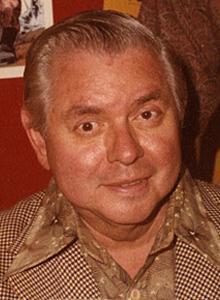
Joe Shuster
1914–1992
While teenagers in Cleveland, science fiction fans Jerry Siegel and Joe Shuster created Superman. And a whole industry was born. The duo co-created Funnyman in the mid 1940s.
Inducted 1992
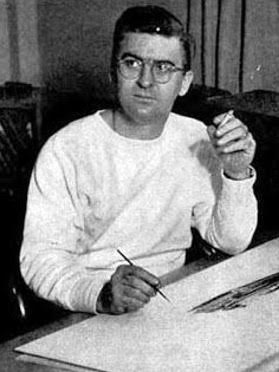
Noel Sickles
1910–1982
Noel Sickles became a political cartoonist for the Ohio State Journal in the late 1920s. He moved to New York in 1933, where he became a staff artist for Associated Press. Here, he was asked to take over the aviation comic strip Scorchy Smith. In that comic, Sickles developed a personal, almost photographic, style. His method of drawing became popular among other comic artists and was particularly inspiring to Milton Caniff (Terry and the Pirates). Sickles and Caniff started working together closely, assisting each other on their comics. After AP turned Sickles down for a salary raise, he devoted the rest of his career to magazine illustration.
Inducted 2024
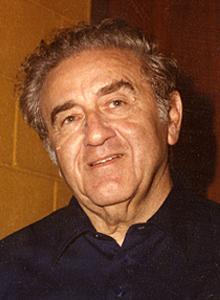
Jerry Siegel
1914–1996
While teenagers in Cleveland, science fiction fans Jerry Siegel and Joe Shuster created Superman. And a whole industry was born. Siegel continued to write comics into the 1960s, including Superman, and the duo co-created Funnyman in the mid 1940s.
Inducted 1992
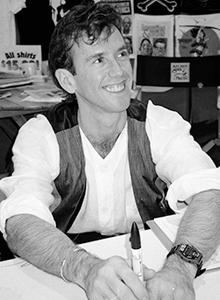
Bill Sienkiewicz
1958–
Bill Sienkiewicz started drawing comics professionally at age 19, fresh out of art school. His early style on Marvel titles such as Moon Knight was heavily influenced by Neal Adams. In the 1980s Sienkiewicz broke out into a multimedia style that was revolutionary for comics, combining painting, line art, collage, mimeographs, and other elements. Sienkiewicz’s highly stylized art on Marvel’s Elektra: Assassin, The New Mutants, and his own graphic novel Stray Toasters earned international acclaim. His work has appeared in Brazil’s National Museum of Fine Arts; galleries in Paris, Barcelona, and Tuscany; and advertising campaigns for Nike, MTV, and Nissan. Sienkiewicz received an Inkpot Award in 1981, and his work has won many awards including several Eagles, a Kirby, and an Eisner.
Inducted 2019
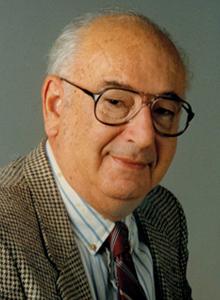
Joe Simon
1913–2011
With Jack Kirby, Joe Simon co-created Captain America, invented boy gang comics, and produced the first romance comics. Among the titles they created were Young Allies, Boy Commandos, Young Romance, and Black Magic. On his own, Simon created Prez and Brother Power the Geek for DC.
Inducted 1999

Walter Simonson
1946–
Walter Simonson began drawing for DC Comics in 1972 and was soon tapped by writer/editor Archie Goodwin to draw a new backup feature called Manhunter, which went on to win three best story of the year awards. Since then, Simonson has written and drawn nearly every major character for both Marvel and DC Comics. Highlights include Star Wars, Fantastic Four, Elric, and Thor, the latter of which would go on to become his most famous work. His run on the series lasted nearly four years and is considered by many to be the defining version of the Thunder God. Most recently he has been writing and drawing the series Ragnarök for IDW.
Inducted 2017

Louise Simonson
1946–
Louise Jones (she had married artist Jeff Jones in 1966) started her professional comic book career at Warren Publishing in 1974, editing Creepy, Eerie, and Vampirella. In January 1980, she joined Marvel Comics, where she initially worked as an editor, most notably on Uncanny X-Men, which she edited for almost four years, and an X-Men spin-off, The New Mutants. During this period, she also edited Marvel’s Star Wars and Indiana Jones comics. Louise married Walt Simonson in 1980 and left Marvel in late 1983 to try her hand at full-time writing. She created Power Pack, which debuted in August 1984. Her other Marvel writing work included Starriors, Marvel Team-Up, Web of Spider-Man, Red Sonja, and most notably X-Factor. In 1987 she became the New Mutants scripter. It was during this run that she and artist Rob Liefeld introduced Cable. In 1991, she began writing for DC Comics. She, artist Jon Bogdanove, and editor Mike Carlin launched a new Superman title, Superman: The Man of Steel—a title she would write for eight years. She was one of the chief architects of “The Death of Superman” storyline. Since then Louise has continued to write for a number of comics publishers, as well as picture books and novels for young readers.
Inducted 2020
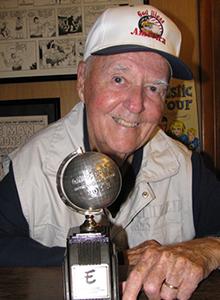
Joe Sinnott
1926–2020
During his 60 years as a Marvel freelancer and then salaried artist working from home, Joe Sinnott inked virtually every major Marvel title, with notable runs on Fantastic Four, The Avengers, The Defenders, and Thor. He is considered by many to have been Jack Kirby’s definitive inker. Today he continues to ink The Amazing Spider-Man comic strip.
Inducted 2013
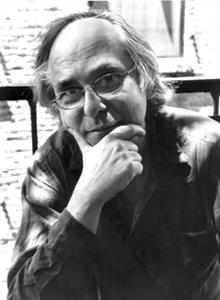
Art Spiegelman
1940–
The cartoonist is best known for his Pulitzer Prize–winning graphic novel, Maus. As the co-publisher of the groundbreaking periodical RAW, Art Spiegelman published the works of a wide range of alternative cartoonists. His most recent works have included the book MetaMouse and the Little Lit anthologies of comics for kids (edited with wife Francoise Mouly).
Inducted 1999
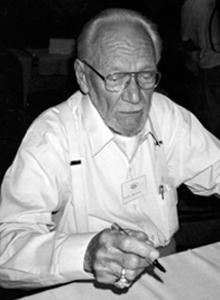
Dick Sprang
1915–2020
Many comics aficionados consider Dick Sprang to have been the Batman artist. He gave a distinctive square-jawed look to the character from the mid-1940s through the early 1960s. In the 1970s, he joined the list of artists creating re-creations of his original work and was a frequent guest at comic conventions.
Inducted 1999
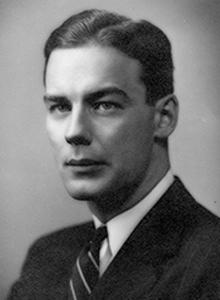
John Stanley
1914–1993
John Stanley is best known for his long stint (1945–1959) as the writer of the Little Lulu comic book series, a cult classic. He also wrote and drew a number of humor comics, including Melvin Monster, O. G. Whiz, Thirteen Going on Eighteen, and memorable issues of Nancy and Sluggo.
Inducted 2004
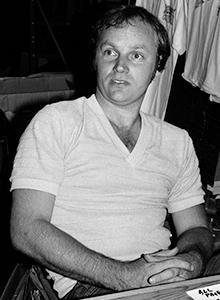
Jim Starlin
1949–
Jim Starlin started at Marvel Comics in 1972 and has been working on and off in comics ever since. His body of work includes Amazing Spider-Man, Batman, ‘Breed, Captain Marvel, Cosmic Odyssey, Daredevil/Black Widow: Abatoir, Doctor Strange, Dreadstar, Gilgamesh II, Infinity Gauntlet/War, Iron Man, Master of Kung Fu, Silver Surfer, Thanos Quest, The End of the Marvel Universe, Warlock and the Infinity Watch, Marvel The End, Thanos, Mystery in Space, Death of the New Gods, and Rann/Thanagar Holy War. He is best known for creating or co-creating the Marvel characters Thanos, Drax the Destroyer, Gamora, and Shang-Chi, Master of Kung Fu.
Inducted 2017
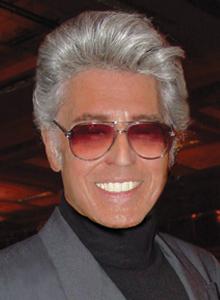
Jim Steranko
1938–
Coming from a colorful career as an escape artist, magician, and musician, Jim Steranko first created Spyman for Harvey Comics before going to Marvel in the mid-1960s, when he electrified comics fans with his work on “Nick Fury, Agent of S.H.I.E.L.D.” In 1976 he produced the hard-boiled graphic novel Chandler: Red Tide and also pursued a successful career as a paperback cover artist (most notably the Shadow series). He has gone on to do conceptual art for films as well as produce occasional comics covers.
Inducted 2006
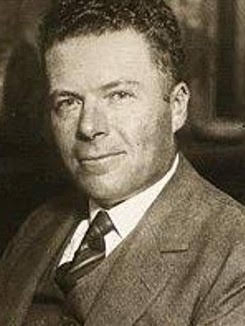
Cliff Sterrett
1883–1964
Cliff Sterrett is one of the great innovators of the comic page and the creator of the first comic strip starring a heroine in the leading role, Polly and her Pals. Between 1904 and 1908, he worked for the New York Herald, drawing illustrations and caricatures. He started doing comics when he got the opportunity to draw four daily strips for the New York Evening Telegram in 1911. In 1912, Sterrett was hired by William Randolph Hearst, for whom he created Polly and her Pals. Starting in the 1920s, Sterrett used cubist, surrealist, and expressionist elements in his artwork. In 1935 he handed over the daily strip to others to concentrate wholly on the Sunday strip, which he drew until his retirement in 1958.
Inducted 2024
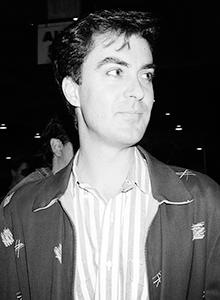
Dave Stevens
1955–2008
Dave Stevens created the Rocketeer, the retro adventure hero of 1980s indie comics and 1991 movie fame. The Rocketeer combined Stevens’ love of 1930s movies, the golden age of aviation, and 1950s pinup girl Bettie Page. Before becoming a professional artist, Stevens contributed amateur illustrations to early Comic-Con program books in the 1970s. His first professional gig was as Russ Manning’s assistant on the Tarzan comic strip in 1975. Stevens later worked as an animator at Hanna-Barbera and a storyboard artist on projects including Raiders of the Lost Ark and Michael Jackson’s “Thriller” music video. Stevens was the first recipient of the Russ Manning Most Promising Newcomer Award in 1982, and he won an Inkpot Award and the Kirby Award for Best Graphic Album in 1986.
Inducted 2019
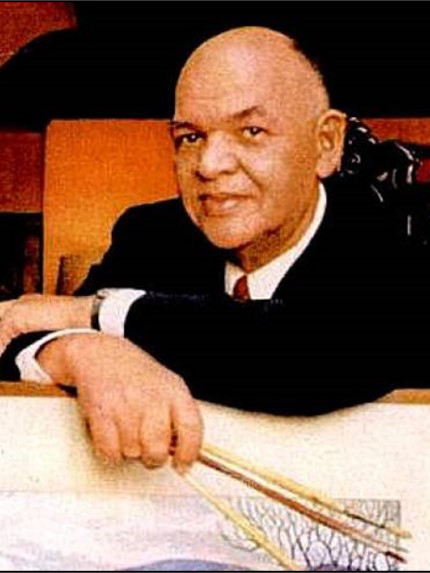
Elmer C. Stoner
1897–1969
E. C. Stoner was one of the first African American comic book artists. He worked on comics through the Binder, Chesler, and Iger Studios from the late 1930s throughout the 1940s. For National he drew the “Speed Saunders” story in the first issue of Detective Comics. His other credits included “Blackstone” for EC Comics; “Captain Marvel,” “Lance O’Casey,” and “Spy Smasher” for Fawcett; “Blue Beetle” and “Bouncer” for Fox; “Breeze Barton” and “Flexo” for Timely; and “Doc Savage” and “Iron Munro” for Street & Smith. From 1948 to 1951 he drew a syndicated newspaper comic strip, Rick Kane Space Marshal, which was written by Walter Gibson, magician and famed author of The Shadow. Stoner is also believed to have created the iconic Mr. Peanut mascot while he was still a teenager in Pennsylvania.
Inducted 2024
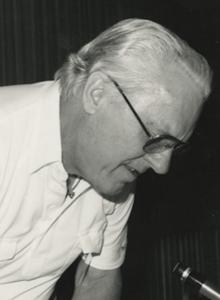
Curt Swan
1920–1996
Curt Swan drew Superman for nearly 30 years, from 1955 to the mid-1980s. For many fans, Swan’s version of Superman is the definitive one. He’s also known for his work on Jimmy Olsen, Legion of Super-Heroes, and World’s Finest, featuring team-ups of Superman and Batman.
Inducted 1997
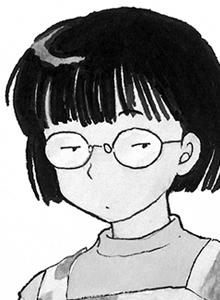
Rumiko Takahashi
1957–
Popular manga creator Rumiko Takahashi is said to be the bestselling female comics artist in history, with hundreds of millions of her books sold around the world. Takahashi’s first published work was the one-shot Katte na Yatsura in 1978. Later that year her first major work began being serialized, Urusei Yatsura. She went on to create such classic works as Maison Ikkoku, Ranma ½, InuYasha, One Pound Gospel, Mermaid Saga, and Rumic Theater. Several of her works have been animated. The year 2008 marked the 50th anniversary of Weekly Shōnen Sunday and the 30th anniversary of the first publication of Urusei Yatsura, and Rumiko Takahashi’s manga work was honored in It’s a Rumic World, a special exhibition held from at the Matsuya Ginza department store in Tokyo.
Inducted 2018